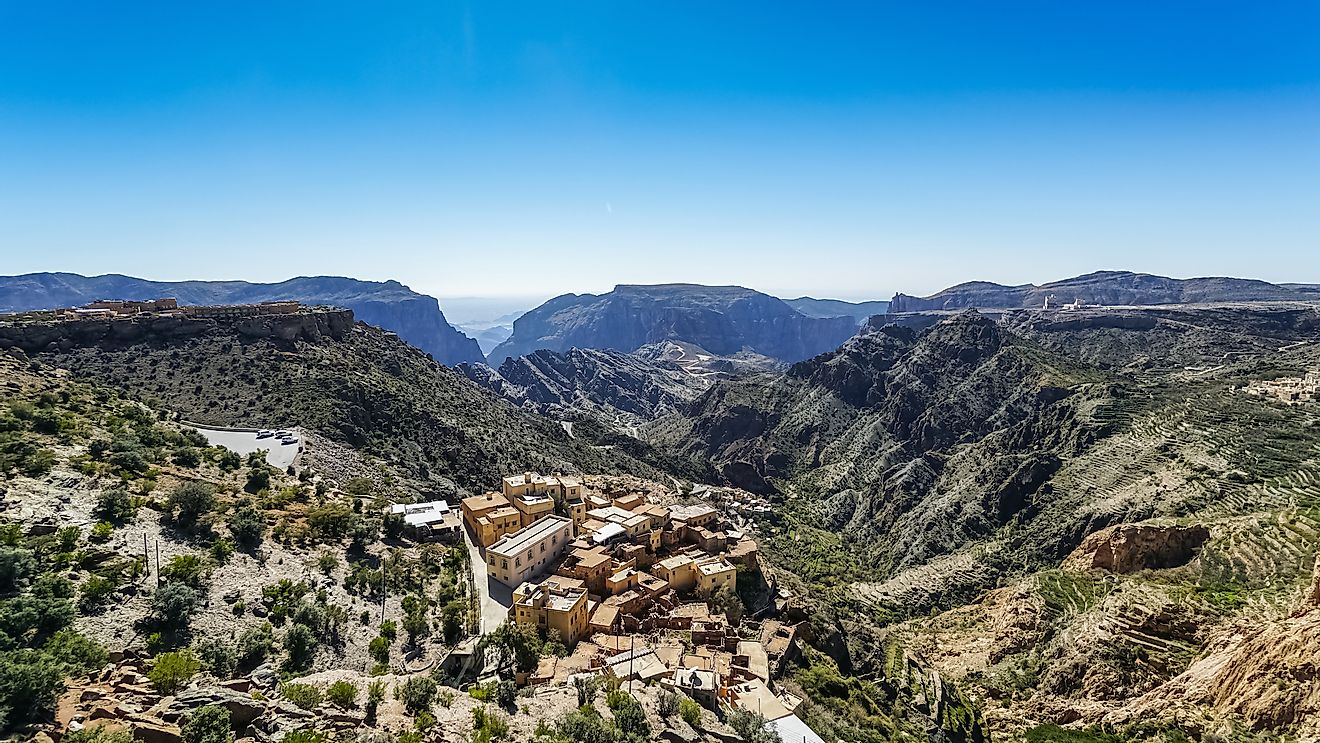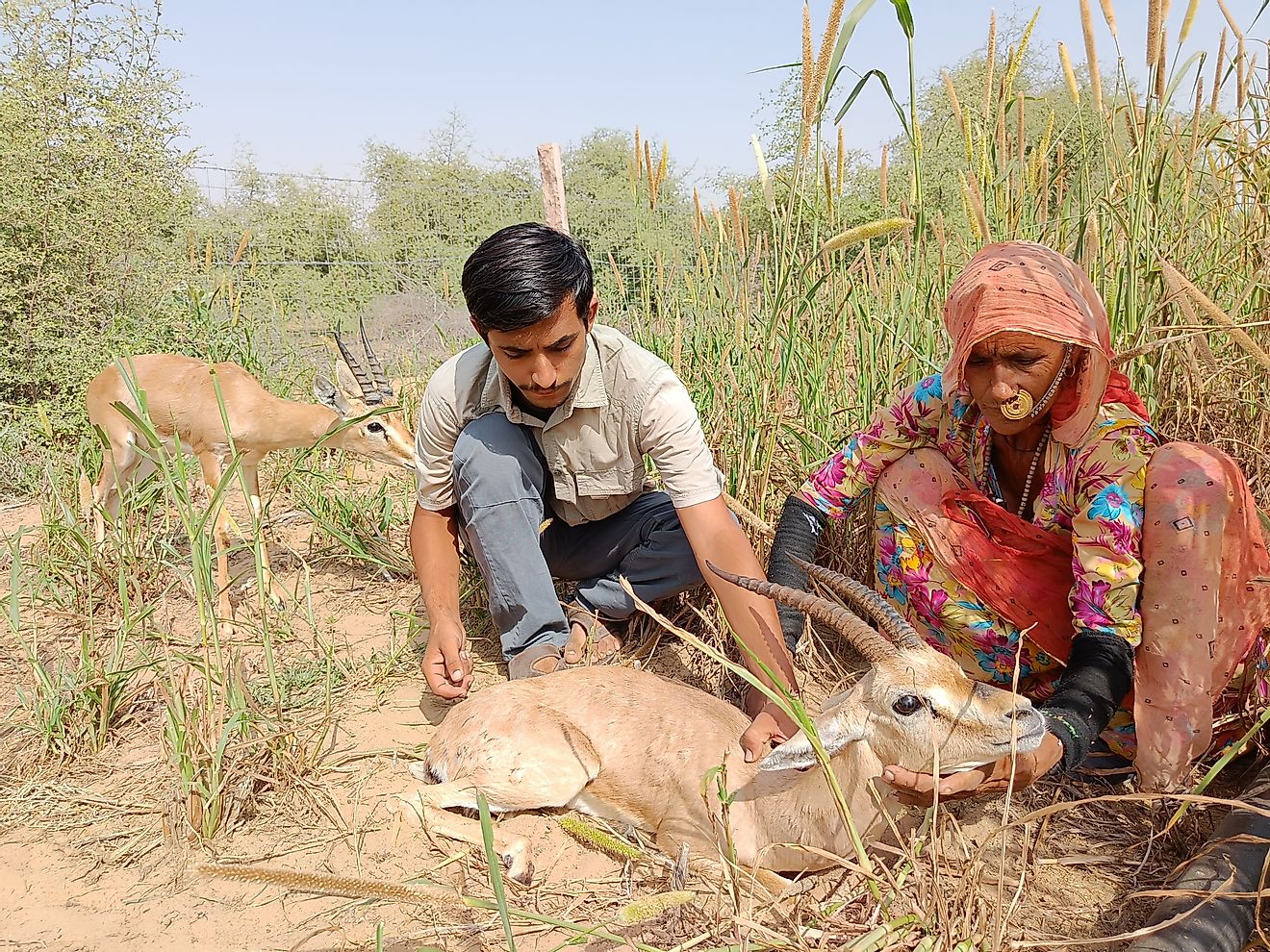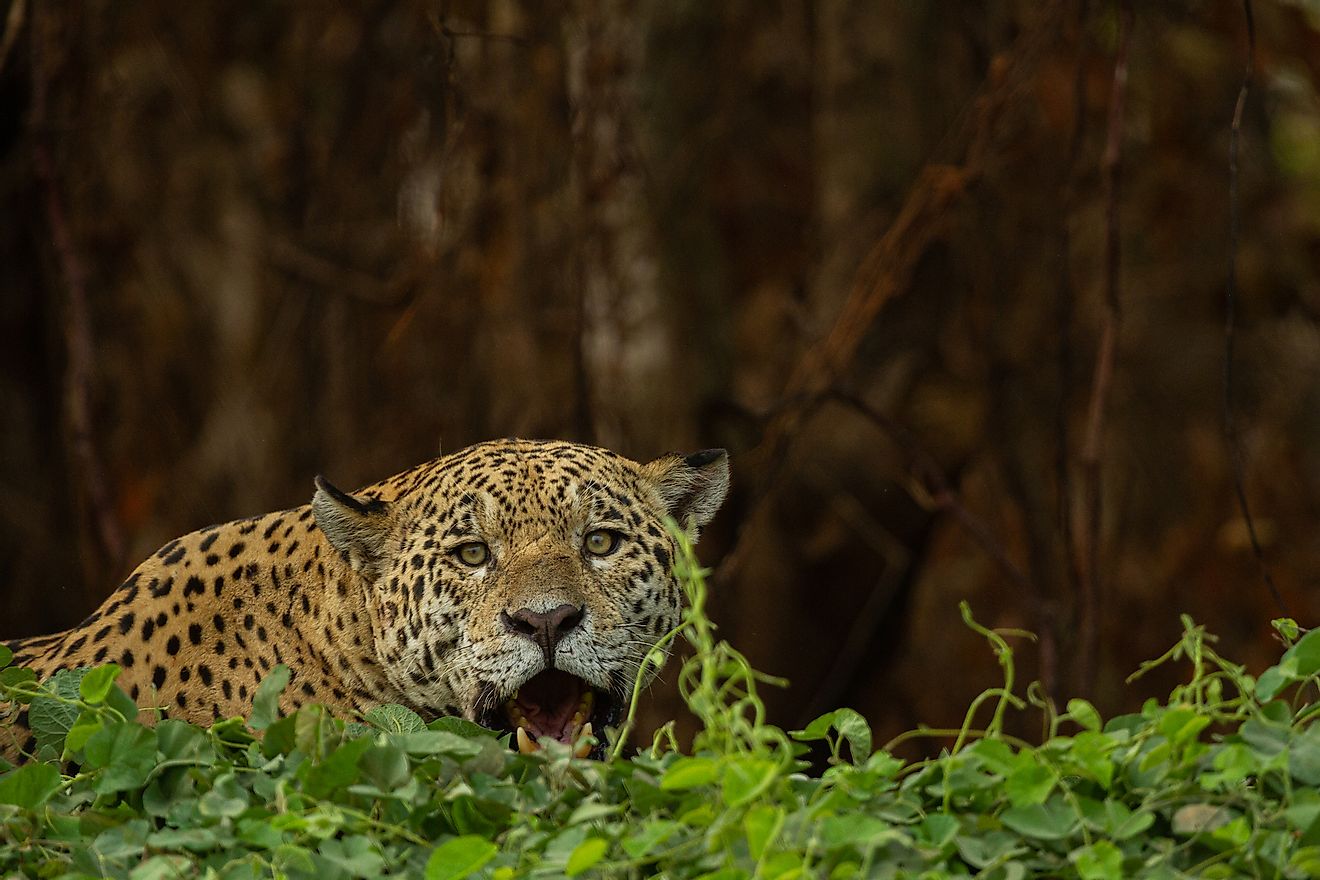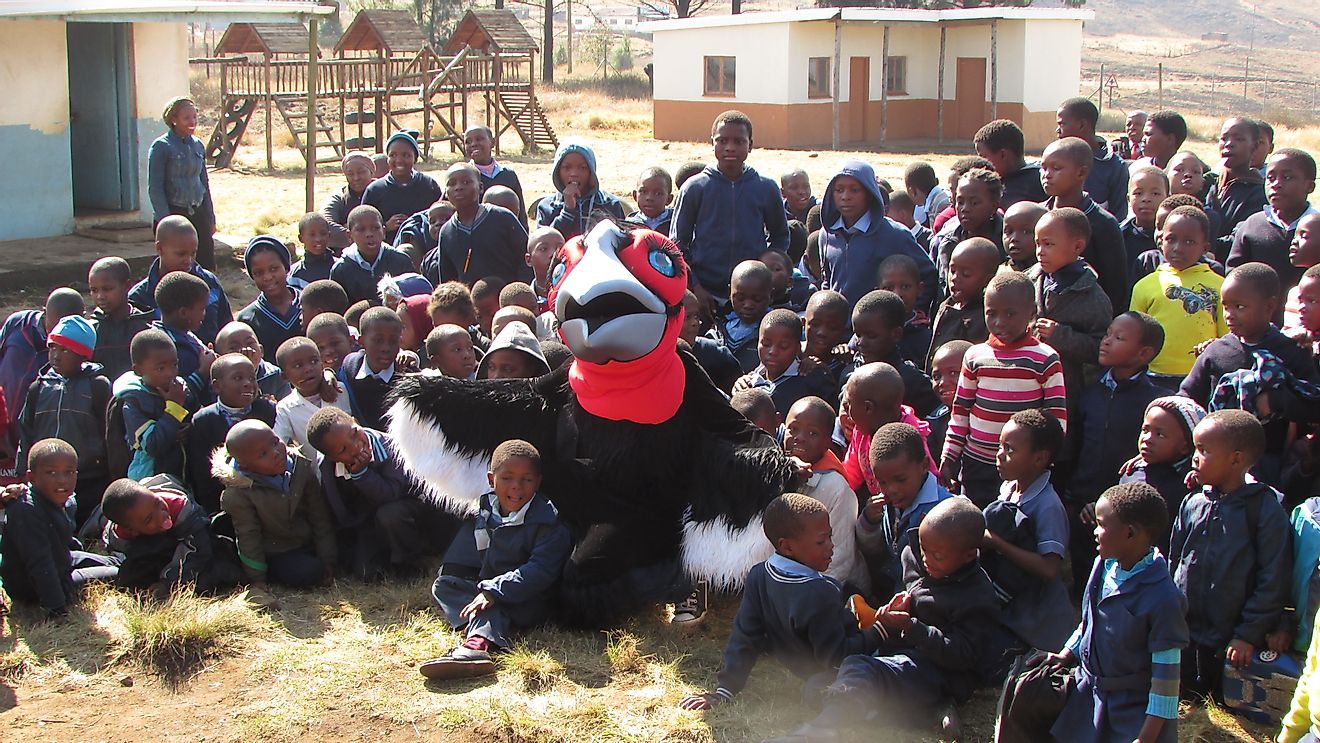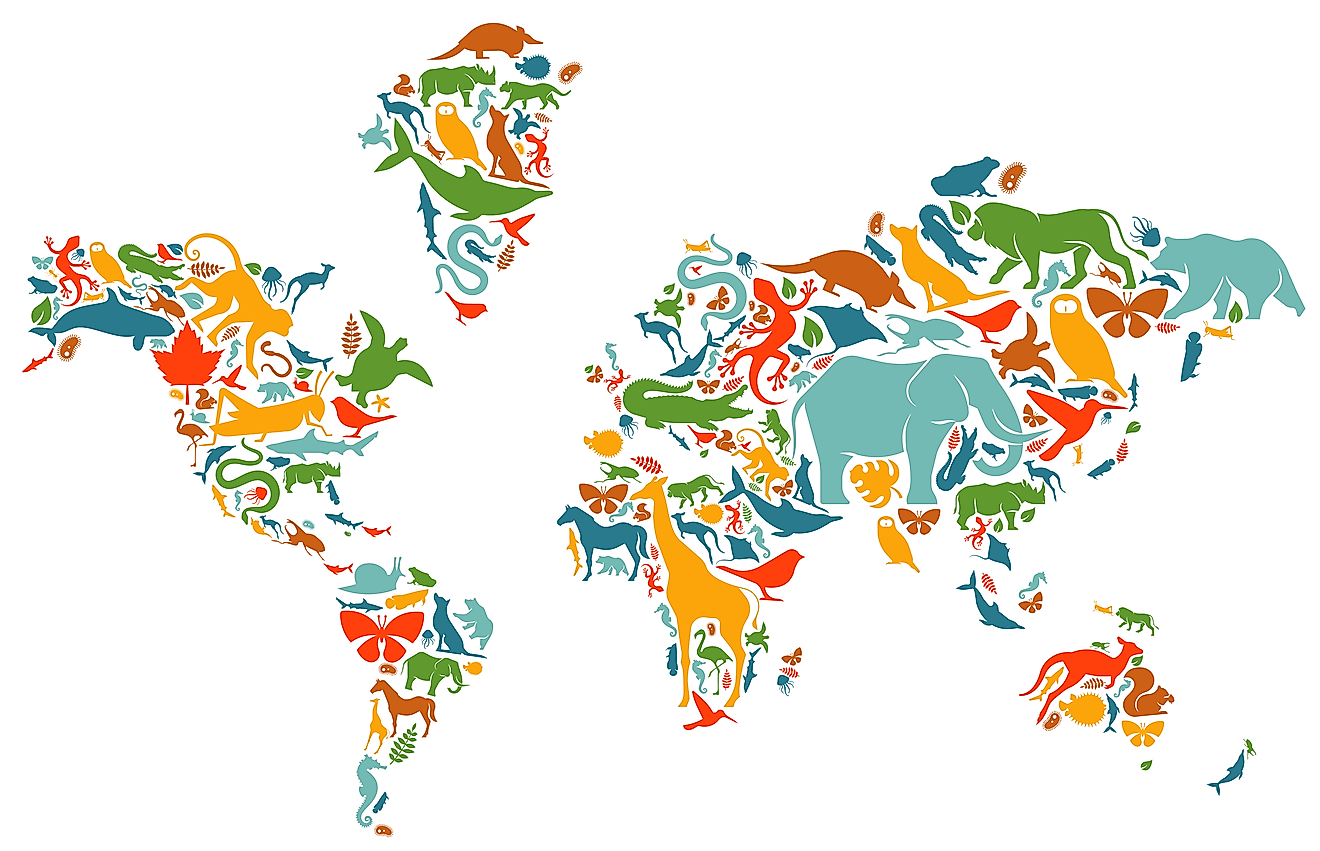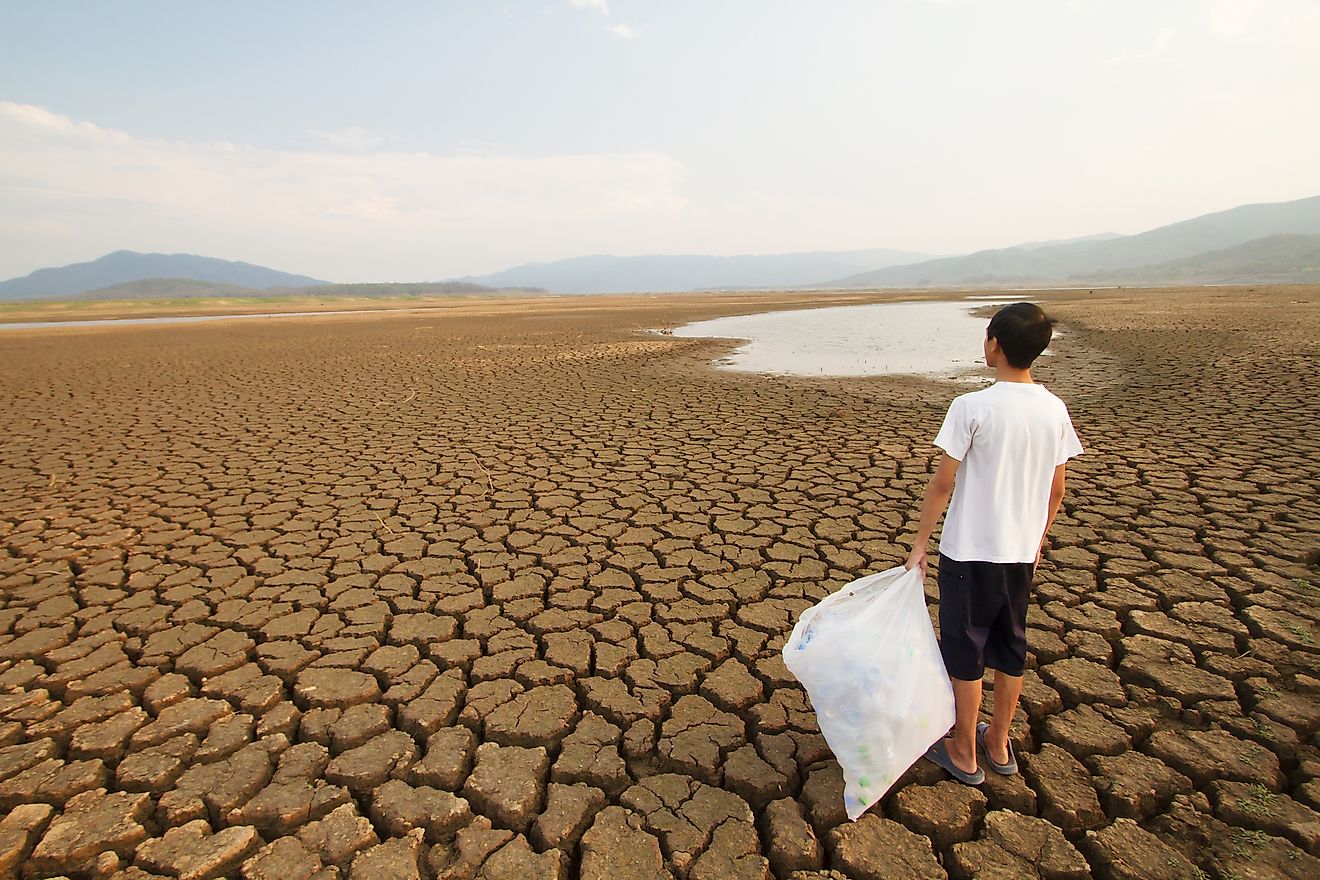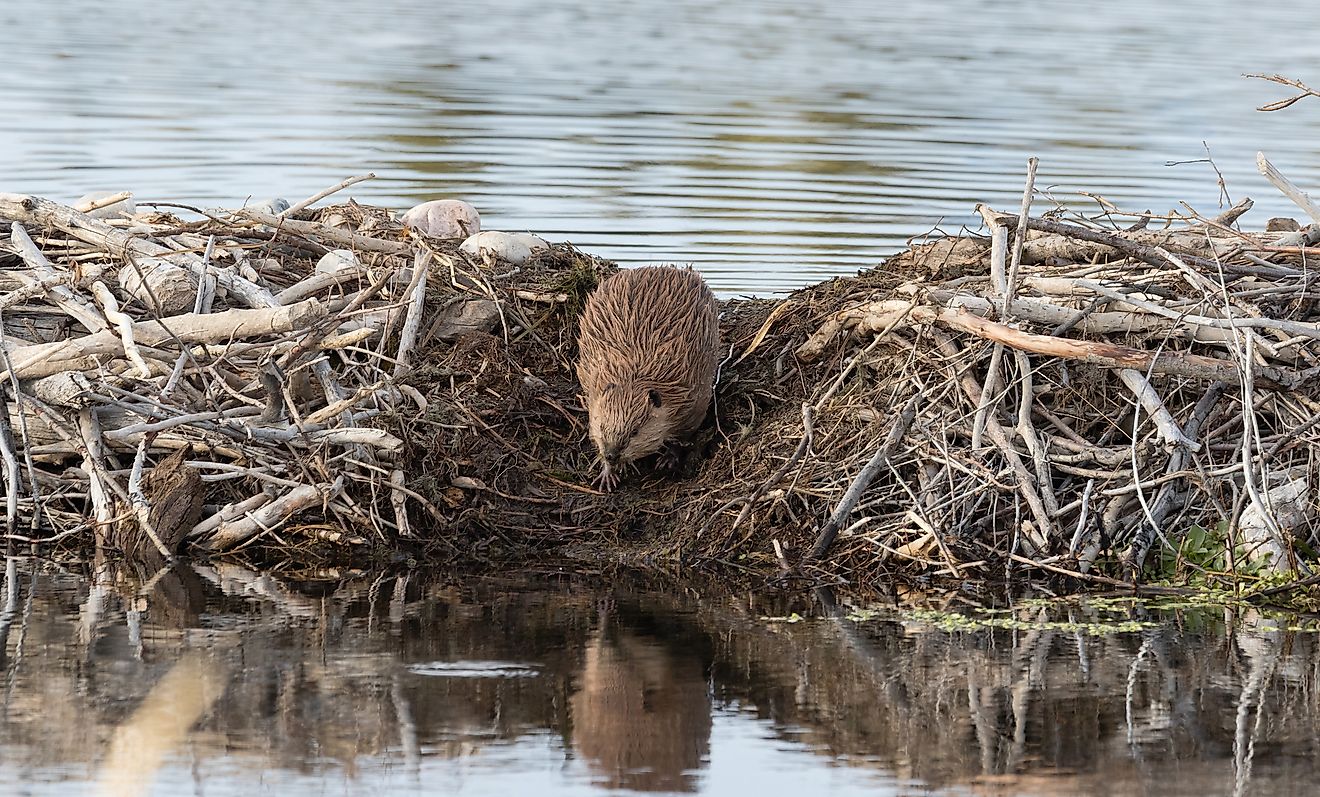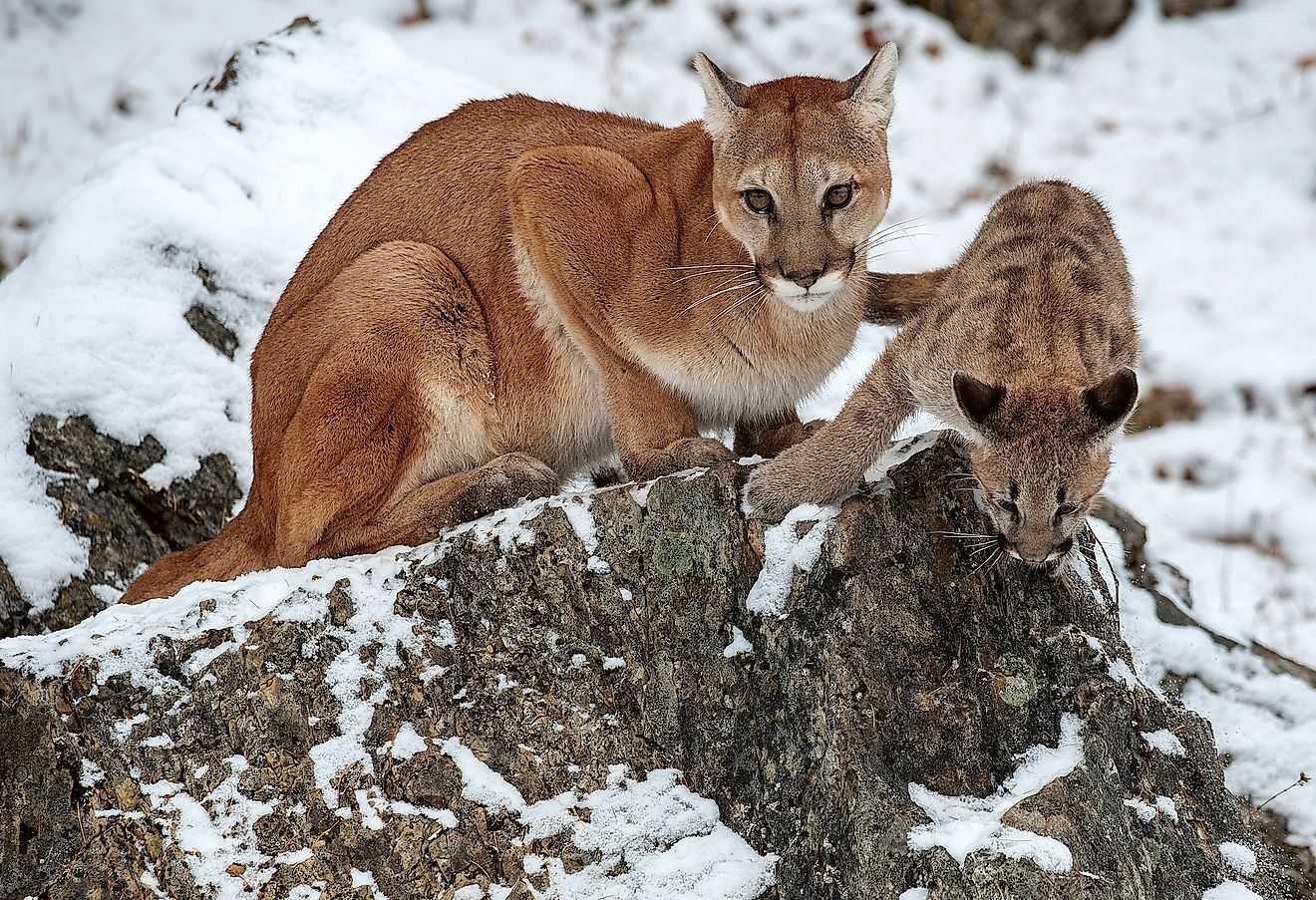Ecological Regions Of Swaziland

Swaziland is a nation of highlands and velds, with precipitation and temperatures varying from season to season. The ecology of Swaziland mirrors that of other South African countries such as Lesotho and South Africa. The ecological regions of the country have diverse flora and fauna and water-bodies that have been the livelihood of the communities for centuries.
Maputaland Coastal Forest Mosaic
The Maputaland Coastal Forest Mosaic ecoregion is classified under the Tropical and Subtropical Moist Broadleaf forests Biome. This ecological region is native to the Indian Ocean’s coastline in Southern Africa. The region extends to other South African countries such as Mozambique and South Africa.
The climate of the region ranges from subtropical to tropical. Minimum rainfall falls to less than 600 mm while maximum rainfall can be as high as 1000mm. Along the ecoregion exists wetlands such as lakes and marshlands and pristine forests. The region boasts diverse flora. Plants such as euphorbias and aloe vera can be found in the area while trees include yellowwood, woodland and white witchhazel. The region is home to more than 400 species of birds alongside mammals such as the leopards and African elephant.
Zambezian and Mopane Woodlands
Zambezian and Mopane Woodlands ecological region is classified under the Tropical and Subtropical Grasslands, Savannas and Shrublands. The terrain is mostly flatlands with the dominant tree being the rough-barked mopane while co-dominant trees are acacia and baobab trees. The Nkomanti River in Swaziland is situated in the ecoregion and flows to South Africa. The region is home to diverse wildlife, largely due to the protection by the government to save the biodiversity. Animals present include elephants, buffalos, rhinos, leopards, giraffes, kudus, lions, hyenas, and cheetahs. Reptiles in the region include lizards and snakes among other bird species.
The ecoregion receives most of its rainfall between the months of November and April. The average rainfall ranges from as low as 450 mm to as high as 710 mm. Average temperatures lie between 18 to 24 degrees Celsius. Although the region is not rich in agricultural productivity, it is threatened by activities such as human settlement, land transformation, and cattle grazing.
Drakensberg Montane Forests, Grasslands And Shrublands
The Drakensberg Montane Forests, Grasslands and Shrublands are classified under the Montane Grasslands and Shrublands Biome. The ecoregion is situated in the mid to upper elevations in the Drakensberg mountain ranges in Swaziland and stretches to Lesotho and South Africa. The ecoregion is home to different species of frogs, lizards, and birds. Environmental threats such as land transformation, deforestation, livestock grazing, and invasive plant species have threatened the region and it is now classified as endangered/critical.
Zambezian Lowveld
The Zambezian Lowveld is classified under the Zambezi Freshwater Biome. The region is characterized by seasonal/ perennial rivers, coastal lakes, swamps and swamp forests. Rivers such as Umbuluzi and Usutu are located in the region. The terrain of the region consists of sandy soils lying on a flat coastal plain. A warm and humid climate is experienced in the ecoregion and the largest amounts of rainfall are between the months of October and March. The region has diverse flora such as papyrus swamp, palm veld, coastal thicket, mangrove, open woodland, and riverine woodland. Over 100 fish species such as catfish, cichlids, gobies and mochokid inhabit the water bodies. Along the water bodies are mammals such as hippopotamus, southern reedbuck, water mongoose and African marsh rat. The ecoregion is vital for numerous bird species and other migratory birds. Different species of snakes are also found in the region.
Southern Temperate Highveld
The Southern Temperate Highveld ecoregion is classified under the Southern Temperate Freshwater Biome. The ecoregion is native to the Southern African countries of Swaziland, Lesotho, South Africa, and Botswana. The region is characterized by rivers and seasonal pans. Sedimentary rocks are the main features in the plateau region alongside dolomite. The climate in the area is classified under temperate with rainfall as high as 1,400 mm to as low as 400mm. Average temperatures fall between 10 and 18 degree Celsius. The water bodies in the region are home to a variety of fish and birds. The rivers in Swaziland have been under environmental threat. Agricultural pollution and chemical spills have taken their toll on marine species which have been decreasing.
The Kingdom of Swaziland has made numerous efforts to protect its biodiversity in collaboration with environmental stakeholders. The Lubombo Conservancy is the largest of these efforts. The country’s largest national park, known as the Hlane Royal National Park, is home to a variety of flora and fauna and it is located in the conservancy. Swaziland is one of the developing countries and is facing the problem of striking a balance between economic growth and environmental sustainability.
Ecological Regions Of Swaziland
| Ecological Regions of Swaziland | Biome |
|---|---|
| Maputaland Coastal Forest Mosaic | Tropical and Subtropical Moist Broadleaf Forests |
| Zambezian and Mopane Woodlands | Tropical and Subtropical Grasslands, Savannas, and Shrublands |
| Drakensberg Montane Forests, Grasslands, and Shrublands | Montane Grasslands and Shrublands |
| Zambezian Lowveld | Zambezi Freshwater |
| Southern Temperate Highveld | Southern Temperate Freshwater |
